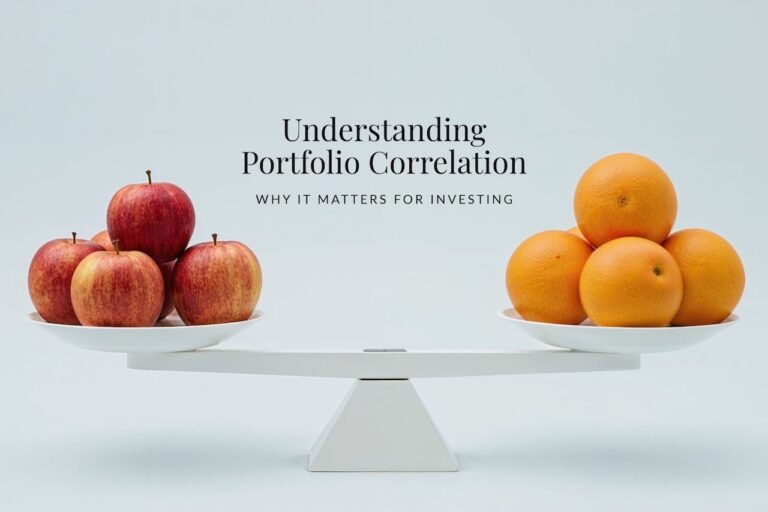Balancing Risk and Return and Understanding Asset Allocation to Optimize Your Investments
Asset allocation is a key concept in portfolio management, focusing on distributing investments across various asset classes like stocks, bonds, and cash to balance risk and return. This strategy is tailored to an investor’s financial goals, time horizon, and risk tolerance. For example, younger investors might prioritize growth with a higher allocation to stocks, while those nearing retirement may lean toward lower-risk assets like bonds to preserve capital. By diversifying investments, asset allocation reduces exposure to market volatility and supports long-term stability. Here’s a guide to understanding asset allocation and its role in balancing risk and return effectively.
1. What Is Asset Allocation?
Asset allocation is the process of dividing an investment portfolio among different asset categories such as stocks, bonds, cash, and other securities. The mix of these assets can impact the overall performance of the portfolio. Each type of asset class comes with its own set of characteristics, risk levels, and potential returns, making the choice of allocation important for aligning with individual financial strategies.
2. The Role of Risk and Return
Risk and return are key components when designing an investment portfolio. Generally, higher-risk investments have the potential for higher returns, while lower-risk options offer more stable, but potentially lower, returns. Understanding asset allocation is about finding a balance that reflects an investor’s comfort with risk while working toward financial goals. Stocks, for instance, can be more volatile but offer higher growth potential, while bonds tend to be more stable with moderate returns.
3. Factors in Understanding Asset Allocation
Several factors can influence how an individual allocates assets in their portfolio:
- Time Horizon: The length of time an investor plans to hold their investments before needing to access funds. Those with longer time horizons may feel comfortable with a higher allocation to stocks for growth potential, while those with shorter time frames might prioritize more conservative investments like bonds or cash.
- Risk Tolerance: This refers to an individual’s willingness and ability to endure market fluctuations. Risk tolerance varies from person to person and can be influenced by factors such as age, income, and personal financial goals.
- Financial Goals: Different goals may require different strategies. For example, someone saving for retirement may have a different asset allocation compared to someone investing to purchase a home in five years.
4. Diversification and Its Benefits
Diversification is a method used within asset allocation to spread investments across different types of assets to reduce risk. By investing in a variety of assets, the impact of poor performance in a single asset class may be mitigated by stronger performance in others. For instance, a portfolio containing both stocks and bonds may be less volatile than a portfolio focused solely on stocks.
5. Types of Asset Classes
Understanding the characteristics of different asset classes is an important part of building a balanced portfolio:
- Stocks (Equities): Represent ownership in a company and typically offer growth potential, albeit with higher risk.
- Bonds (Fixed Income): Considered less risky than stocks, bonds provide income through interest payments and can be used to stabilize a portfolio.
- Cash and Cash Equivalents: Include assets like savings accounts and money market funds. They are considered low-risk and can provide liquidity.
- Alternative Investments: Include commodities, real estate, or private equity, and can add diversification to a portfolio.
6. Adjusting and Understanding Asset Allocation Over Time
Asset allocation is not static. It may need to be adjusted periodically to reflect changes in personal circumstances, market conditions, or financial goals. As individuals age or as their investment horizon shortens, they may shift toward a more conservative asset mix to protect accumulated gains. Conversely, someone with a long-term goal may lean toward a more aggressive allocation in the pursuit of growth.
7. The Role of Rebalancing
Rebalancing is the process of realigning the portfolio to maintain the desired asset allocation. Market fluctuations can cause the allocation to drift from its original strategy. For example, if a stock component grows significantly, it could represent a larger portion of the portfolio than intended, increasing risk. Rebalancing involves selling some of the over-weighted assets and redistributing the funds to under-weighted ones. This helps manage risk and keep the portfolio aligned with financial strategies.
8. Common Asset Allocation Strategies
Some common approaches to understanding asset allocation include:
- Conservative Allocation: Primarily focuses on preserving capital with a higher percentage in bonds and cash, making it suitable for those with a lower risk tolerance or nearing financial goals.
- Moderate Allocation: Balances growth and income, typically consisting of a mix of stocks and bonds.
- Aggressive Allocation: Emphasizes growth with a larger percentage in stocks, suitable for those with a higher risk tolerance and longer time horizons.
Concluding Thoughts
Asset allocation is a key element in building and maintaining an investment portfolio that aligns with individual risk tolerance and financial goals. By understanding how different asset classes contribute to risk and return, and by periodically adjusting the portfolio and rebalancing as needed, individuals can create a diversified strategy tailored to their needs. Reviewing and adjusting asset allocation over time can help maintain a balanced approach to investing as circumstances change.
Illuminated Advisors is the original creator of the content shared herein. I have been granted a license in perpetuity to publish this article on my website’s blog and share its contents on social media platforms. I have no right to distribute the articles, or any other content provided to me, or my Firm, by Illuminated Advisors in a printed or otherwise non-digital format. I am not permitted to use the content provided to me or my firm by Illuminated Advisors in videos, audio publications, or in books of any kind.








